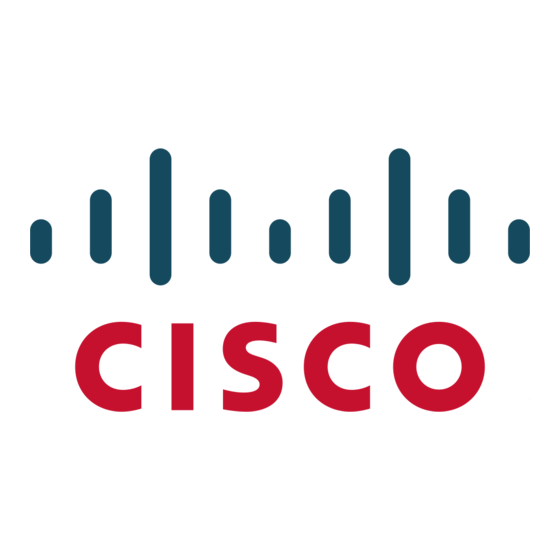Cisco 6500 - Catalyst Series 10 Gigabit EN Interface Module Expansion Manual de soluções - Página 4
Procurar online ou descarregar pdf Manual de soluções para Hardware de rede Cisco 6500 - Catalyst Series 10 Gigabit EN Interface Module Expansion. Cisco 6500 - Catalyst Series 10 Gigabit EN Interface Module Expansion 17 páginas. Distributed forwarding card 4 for ws-x68xx, ws-x69xx, and select ws-x67xx modules
Também para Cisco 6500 - Catalyst Series 10 Gigabit EN Interface Module Expansion: Nota de instalação (14 páginas), Nota de instalação (46 páginas), Livro Branco (19 páginas), Descrição (1 páginas), Boletim do produto (6 páginas), Aviso (4 páginas), Ficha de dados (9 páginas), Ficha de dados (18 páginas), Livro Branco (18 páginas), Manual de configuração (8 páginas), Nota de instalação (28 páginas), Manual de resolução de problemas (11 páginas), Nota de instalação (18 páginas), Manual do utilizador (17 páginas), Nota de instalação (24 páginas), Manual (19 páginas), Nota de instalação (36 páginas)

